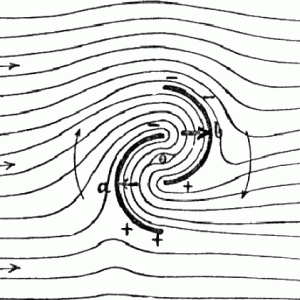E – 1743 Composting Toilet Construction Guide
$50.00
Courses Included
According to the Bill and Melinda Gates Foundation, over 2 billion people in the world lack access to proper sanitation and toilets. In those parts of the world without access to modern toilets and sanitation, latrines are used a temporary storage for human waste. The latrines are often emptied into the nearest body of water, which may also serve as a water supply. Composting toilets can provide a sanitary method of waste treatment in areas without running water or electricity. Composting toilet (CT) technology provides many advantages over pit, VIP, water-sealed toilets, and septic systems. One of their greatest advantages is that they can be built anywhere, and usually for not very much up-front cost, making them excellent choices in rural or remote areas and undeveloped areas. These advantages make composting toilets one of the solutions that can be used to improve sanitation conditions that are unsafe in many parts of the world.
Materials used for the construction of CTs can be adapted to various geographic locations as well as the proximity to suppliers that many contain the necessary materials. Materials used for constructing the toilet shelter on top of the chambers will differ from site to site. The CT design in this course was adapted from toilets used in Tonga, Kiribati, and Fiji. This course is based on the Peace Corps publication, Composting Toilet Construction Manual.






